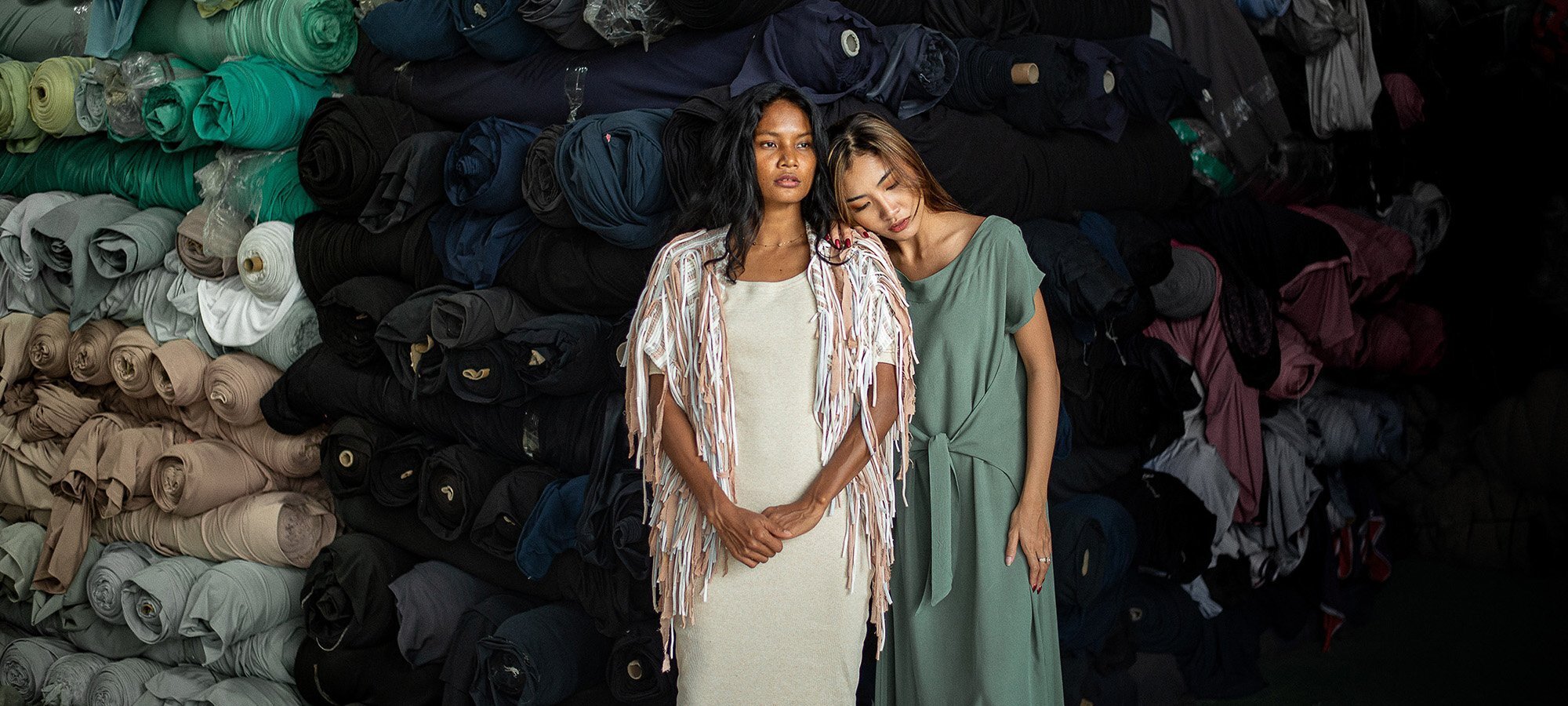Can We Create Equity in the Business of Fashion?
Photo courtesy of tonlé
Investors and those who finance the fashion industry hold the most power in the system. And at the end of the day, they’re most concerned with returns. The reality is these returns can only come as a result of highly unsustainable practices. On this episode of Unspun Rachel Faller, Founder and Creative Director of tonlé, joins Lauren, Catherine, and Danielle in a conversation about how power is distributed throughout the fashion supply chain and what this means for creating sustainable solutions.
The Power of Investors
“THE PEOPLE WHO ARE BENEFITING MOST FROM THE INEQUITY ARE THE ONES WHO ARE MOST RESPONSIBLE FOR CREATING IT.”
Investors’ unrealistic expectations leave founders in a difficult position. Even impact investors looking to invest in sustainable fashion brands can have the same expectations: high returns in a short time period. Brands need capital to operate and grow, but receiving that money comes with strings attached: prioritize profit margins over sustainability.
Faller points out that of the top ten richest people in the world (all men, mostly white), six of them have made their money from the fashion industry and some from the brands that cancelled orders during the pandemic. Those with the most power make decisions that maintain their position in this hierarchy without regard for the people who got them there.
Same Dynamic, Different Relationship
This power dynamic between investors and brands is mirrored in the power dynamic between brands and manufacturers. Faller says brands that chose to cancel orders (many of which were already produced or in production) were likely acting with their investors’ interests in mind. The consequences of these decisions were most heavily felt by unpaid and laid off garment workers and the factories they worked for, who were already operating on tight cash flows before COVID-19 hit.
The calls on brands to pay for their orders so garment workers could get paid and keep their jobs was an important initiative. But, Faller stresses, falls short of what’s needed – brands’ actions during the pandemic caused irreversible damage that cannot be easily fixed. Yes brands need to pay for their orders, but they also need to evaluate the system that allowed them to make those harmful decisions in the first place. This is a system that distributes the highest amount of reward where there is the most power, with investors and brands. While the most risk rests on manufacturers and garment workers.
Holding Ourselves Accountable
“A LOT OF TIMES WE TEND TO LOOK OUTWARDS… BUT WE DON’T START WITH OURSELVES.”
Faller stresses the importance of internal work. We are all participating in a system that causes harm, so it’s important to understand our own roles in this system. This includes evaluating our own proximity to power, how we benefit from this harmful system, and how we might be perpetuating harm. From there we can hold ourselves accountable and learn how to make better choices.
Tune in to this episode of Unspun as Rachel Faller breaks down the power distribution in the fashion industry, explains why solutions have fallen short, and poses questions to help guide the industry towards an equitable future.

